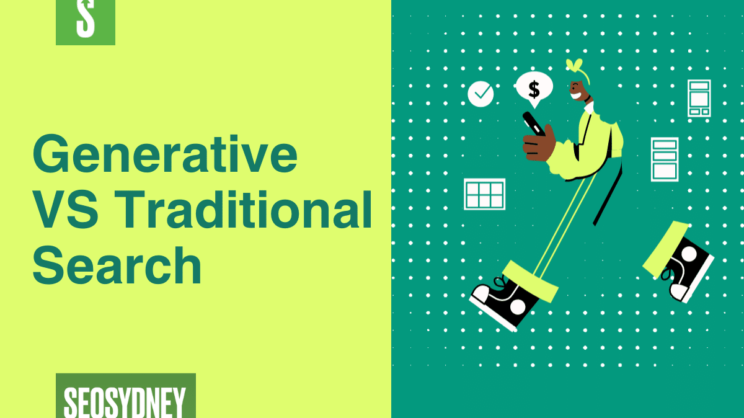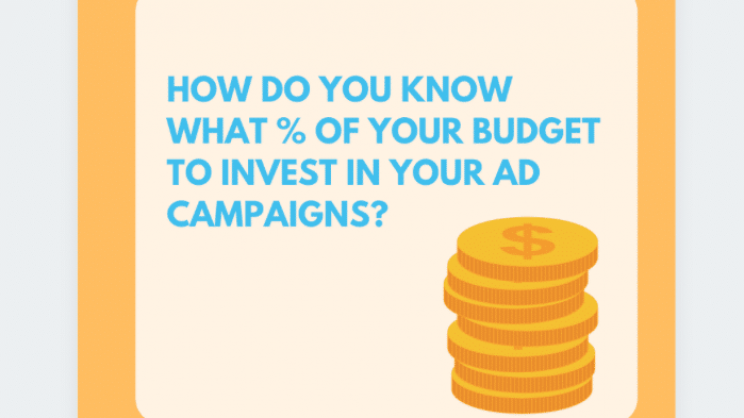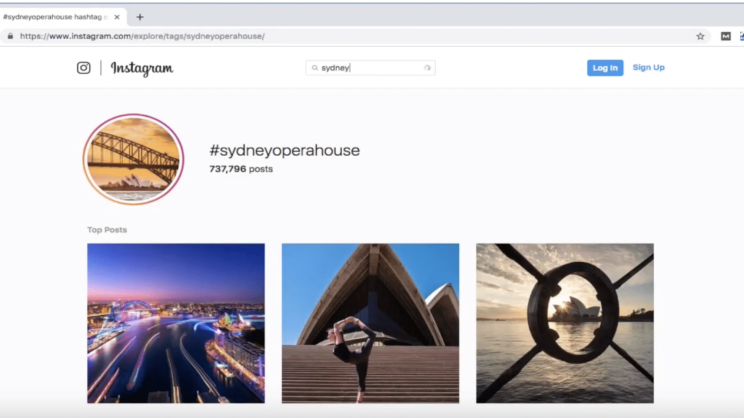In today’s video, we will take you through 3 ways you can optimise your website for Google RankBrain.
Firstly, what is RankBrain? RankBrain is a machine learning algorithm that helps Google to sort its search results. The algorithm was designed to provide users with more accurate results in terms of context.
But why is RankBrain relevant to your website? Well, Google has labelled RankBrain as one of the top 3 ranking factors. RankBrain has also outperformed Google engineers in guessing relevant pages for searches. (intro end) Accordingly, it is important for business owners with an online presence to understand the system.
How Does it Work?
Let’s begin with how RankBrain works. Before RankBrain, Google attempted to match keywords of a search query to the actual words displayed on pages. However, RankBrain attempts to understand the context behind keywords. It does this by turning keywords into concepts and finding pages that match the concept.
This is achieved in 2 steps:
Firstly: RankBrain attempts to understand the meaning of keywords within a search query and provides users with search results accordingly.
Then: The algorithm measures user satisfaction with the search results by paying attention to how users interact with pages. It does this through User Experience signals. These include organic click through rate, bounce rate, dwell time & particularly pogo-sticking.
Ways to Optimise
So, how can you optimise for BrainRank? The answer is surprisingly simple. Technically speaking, RankBrain isn’t a factor that we can physically check off our list as marketers.
Since RankBrain uses UX signals to gauge user satisfaction, the best thing you can do is to optimise your website for people, not for the algorithm. In doing so, UX signals are likely to reflect user satisfaction and increase your Google ranking accordingly.
Tip #1: Optimise for medium tail keywords.
Because RankBrain can understand meaning, it also knows that two similar long tail keywords basically mean the same, and will show nearly identical results. To avoid this, choose a single medium tail keyword to optimise around. RankBrain will do the rest by ranking your page for all other related keywords that it knows,
Tip #2: Optimise titles and description tags to
Titles and snippets are incredibly useful in grabbing a user’s attention. The catch is that they simply need to echo the user’s needs in order to entice the user to click for more. This comes down to understanding what it is that your audience is seeking.
Tip #3: Optimise content to increase dwell time.
RankBrain uses dwell time and pogo-sticking as measures of user experience. When your audience clicks on your content, you want them to stay there. The more time users spend on your website, the more relevant your website will be to RankBrain.
Your goal should be to optimise your content for people, not for RankBrain. If people appreciate your content and deem it relevant, RankBrain will start to do the same.
Engagement is the key here. Focus on addressing user intent with your content as ultimately getting their queries answered properly is what matters to users. Utilise long-form content. It takes longer to read and it increases the likelihood of answering users’ queries, all while increasing dwell time.
To conclude, RankBrain has made search results more user-oriented, and you shouldn’t view that as a bad thing. It gives you the opportunity to focus on tailoring content to the audience you want to reach to facilitate engagement.
We hope this video helps you in optimising your website content to RankBrain standards. Be sure to let us know which tips worked best for you in the comments section below. For more SEO optimisation tips, check out the SEO Sydney today.





